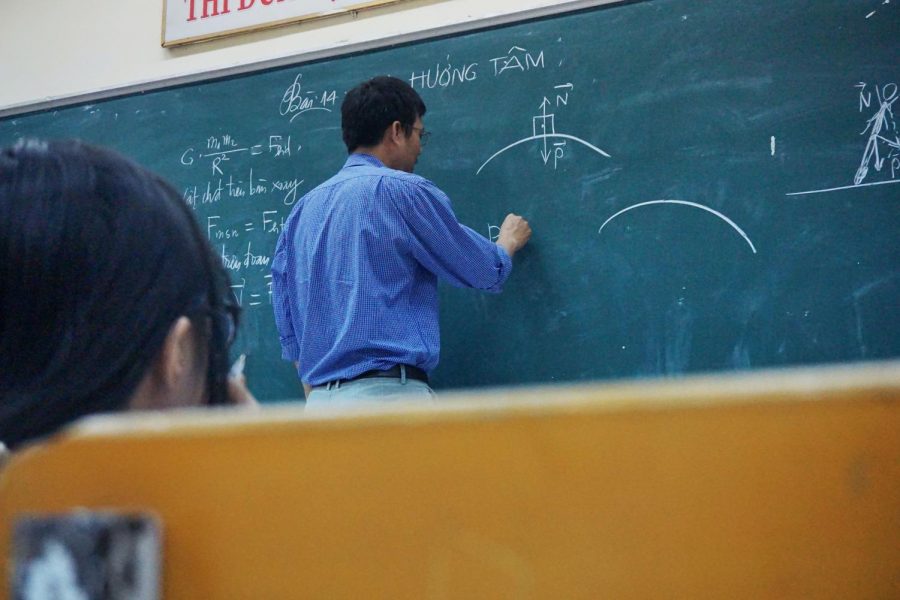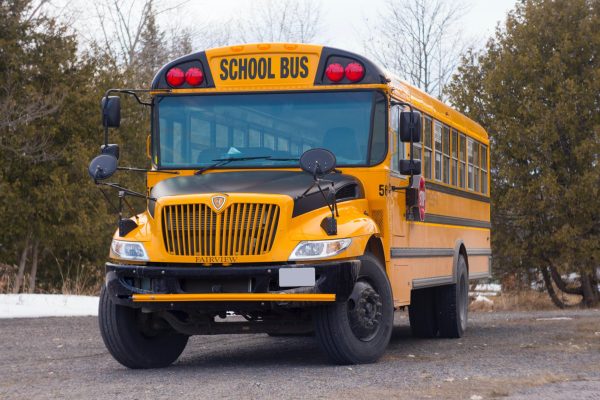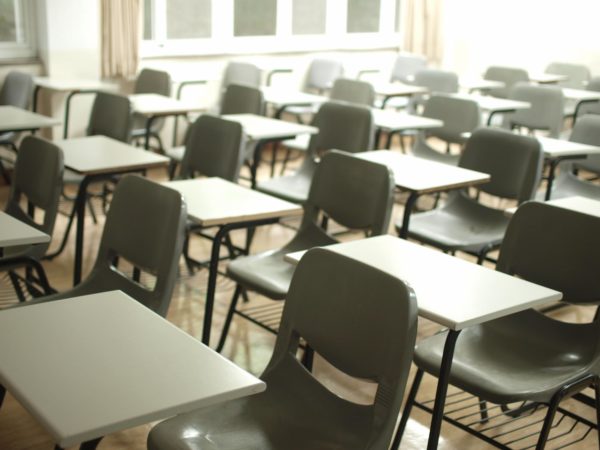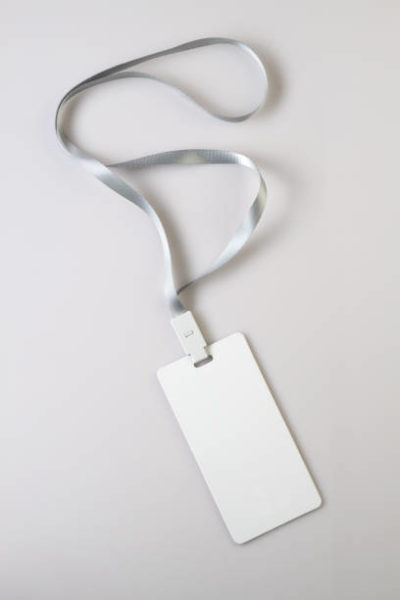The Effects of COVID-19 on College Students
April 8, 2020
Since many universities have thousands of students living in cramped, crowded dorms, when the COVID-19 pandemic began to cause a frenzy in the United States, colleges were some of the first institutions to close down. Hundreds of schools, from University of California schools to Florida state universities to our own Stony Brook University, have closed down for the rest of the academic year, converting entirely to online classes and forcing students out of the dorms. Most colleges are still allowing students who are immunocompromised, or would otherwise be put in danger by returning home, to remain in on-campus housing. Although closing schools was imperative to abide by the guidelines set forth by the World Health Organization (WHO) to promote physical distancing, it had many unintended and frustrating ramifications.
During the first week of March, when coronavirus infections were just beginning to rise, Harvard University sent out a memo requiring that faculty not fly anywhere for the upcoming spring break, and recommending that students not fly either. This was impactful because Harvard has an especially large population of students that live far from campus: the student body represents all fifty states and nearly 100 countries. Many students thus cancelled their spring break flights. On March 10, less than a week after this first announcement was made, Harvard completely changed its policy, and required all students to vacate the campus within the next five days. Junior Danny Blumenthal explained that “everyone had to leave campus with only a few days notice,” calling it a “stressful time.”
A similar situation emerged at Northeastern University, where policy changed quickly as the situation evolved, giving students very little notice before they had to evacuate the dorms. As freshman Ryan Abbatiello explained, “Initially, Northeastern moved classes online and gave students the option to go home. Five days later they forced all students out of on-campus residential housing.”
At Stony Brook University, the administration did not take any actions until New York State Governor Cuomo made statewide school closures mandatory. Freshman Darren Tung said that he found evidence on the SBU Reddit page of the crisis going all the way back to January, but “when other schools nationwide started shutting their doors and sending people home with a full refund, we had to wait until Governor Cuomo officially announced closures for the school to act.” This resulted in a time crunch: “The eviction notice from our dorms occurred during Spring Break… (which meant students had) just 3 days to move everything out, forcing students who don’t live in the area to either scramble for flights/car trips back to the university or risk losing what they have at their dorms.”
Students were not always pleased with how their universities responded to the situation. Blumenthal said that “the university could have done more to talk with students and hear about how leaving campus so abruptly… could have affected them.”
Abbatiello said that “Northeastern was slow to switch to virtual classes and send students home,” and Tung said that he “cannot call (his) school’s response to the crisis anything but poorly managed.” Although this is a confusing and stressful time, students overwhelmingly feel that their schools did not deal with the situation properly.
With the move back home also comes a transition to online learning. Students reported using a variety of sources for online learning, from live lectures, to discussions on Zoom or Google Meet, to assignments through online classroom services such as SOLAR, Google Classroom, or Blackboard. Blumenthal said that through online learning, he gets the “same amount of learning, but some things, like asking questions or professors going too fast, are harder to control.”
Abbatiello, however, said that “the amount of work has increased, while the quality of learning has substantially decreased. I am doing more homework while receiving less instruction from the professor.” He called the shift to online learning “not fulfilling.” Tung seconded this idea: Stony Brook University extended spring break for a week, and learning online presents many opportunities for distraction and counterproductivity, so he said that “this semester is definitely of lower quality compared to an in-person semester, both in terms of quantity and quality of education.”
Colleges have taken many steps to alleviate the stressors presented by this transition. Many colleges, such as Stony Brook University, Binghamton University, Skidmore College, Harvard University, and Duke University, have either instituted mandatory pass/fail or satisfactory/unsatisfactory options, or lifted the strict limitations of existing options. These systems make it so that the disruptions caused by the transition to online learning will have a minimal effect on students’ grades.
Online learning also presents challenges to students with limited or no Internet access at home, as well as international students on different time zones. Colleges are taking steps to alleviate these issues, such as being more lenient about deadlines, providing resources about how to get funding or more help, or recording lectures and discussions so students can watch on their own time. Although these are not perfect situations, colleges do recognize issues that are arising and are doing their best to combat them given the circumstances.
The transition home has also had social impacts on the students. One of the biggest aspects of college life is the social scene and campus life. Without these facets, many students feel cheated of the full college experience. Abbatiello said, “I definitely miss being on my own schedule and most importantly freedom. I miss the ease of seeing friends too.”
Tung said that now that everything is from home, he doesn’t have board meetings for the various student organizations that he is involved in, which he said is “disheartening.” Blumenthal said that although he is overall happy at home, “it’s hard being away from my friends in college.” Especially with the physical distancing and self-quarantining recommendations since Governor Cuomo has put New York State on PAUSE, students accustomed to the freedom and independence of college are struggling with the transition.
Since they are cancelled for the remainder of the academic year, many colleges are struggling with how to hold events such as commencement; they are considering cancelling, postponing, or making it virtual. Although few colleges have made definite decisions regarding whether to have in-person ceremonies in late summer, online ceremonies in May, both, or neither, this disruption is undoubtedly frustrating and disappointing for college seniors who have been working for this moment for the past four years.
Despite their frustrations and the overwhelming stress of the situation, the students expressed a message of hope. As Tung said, “I not only hope we get through this without even more strife than what we’re dealing with already, but also that we have systems in place in the future so that another pandemic doesn’t become this awful again.”













